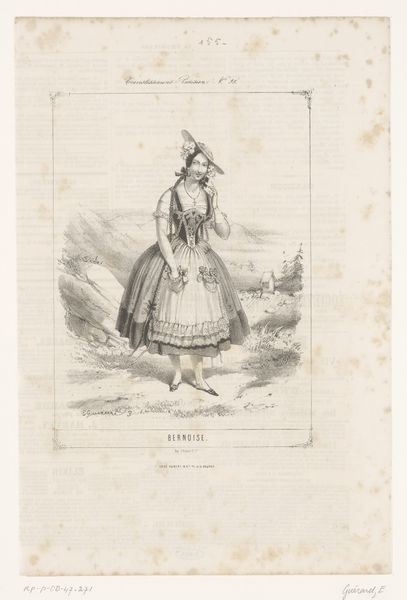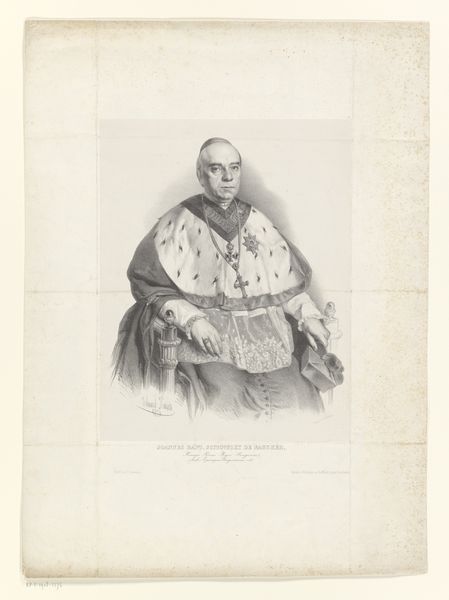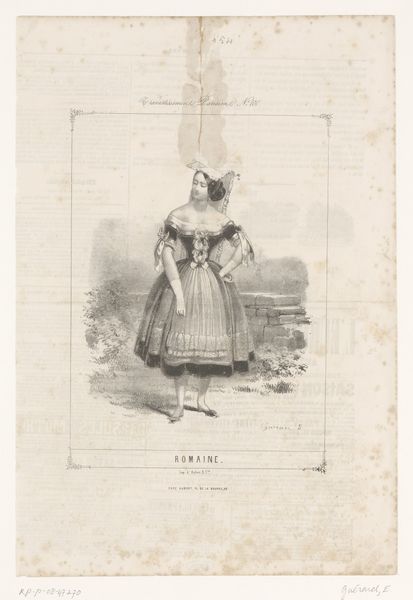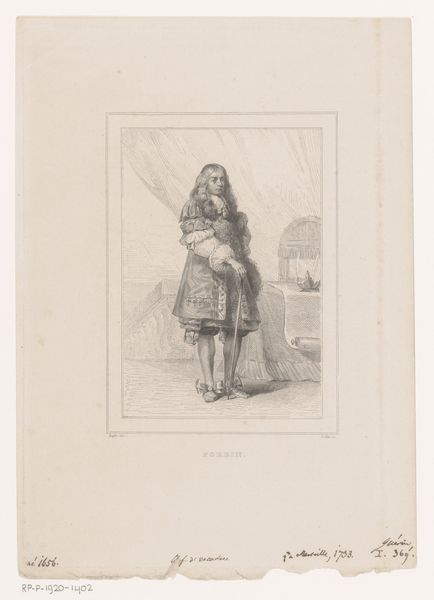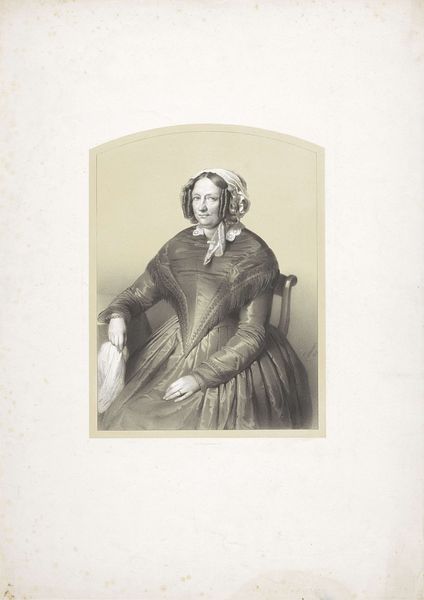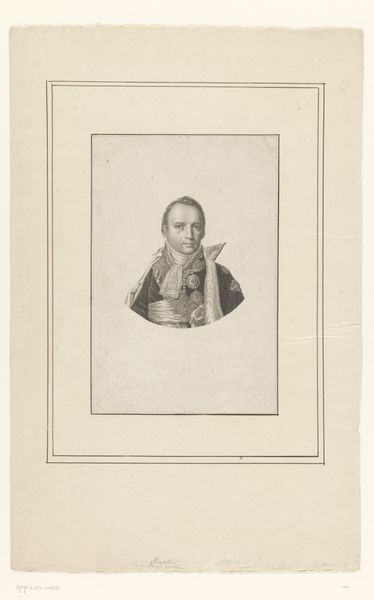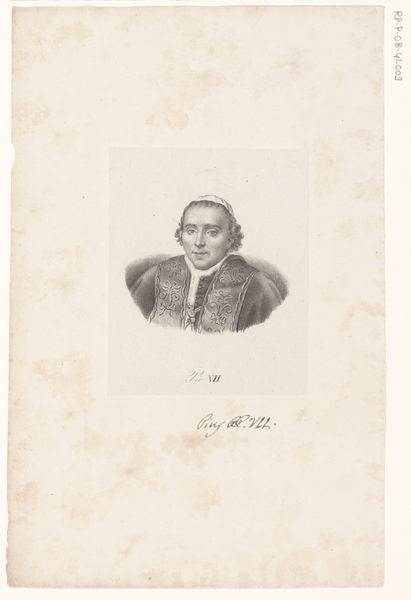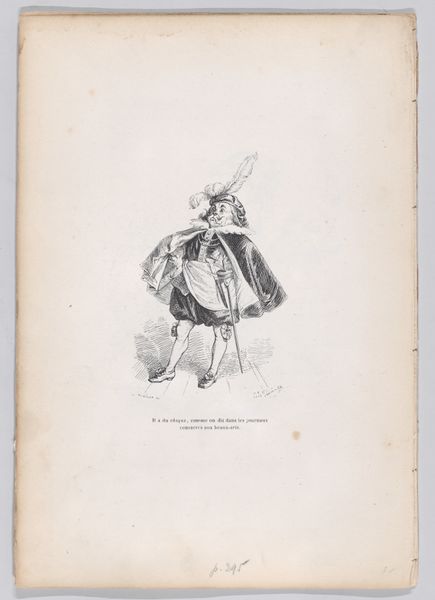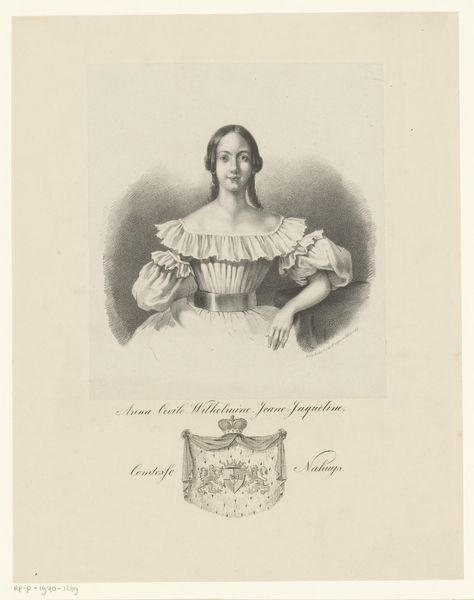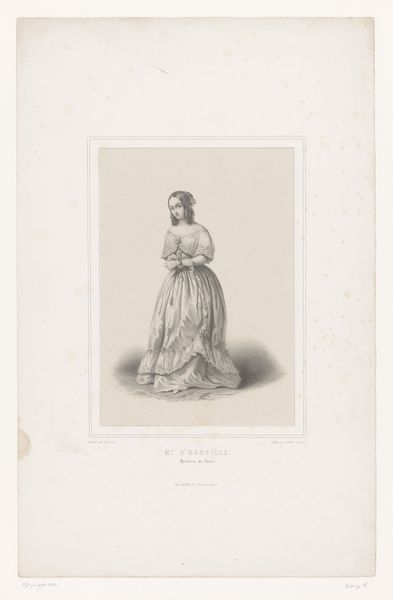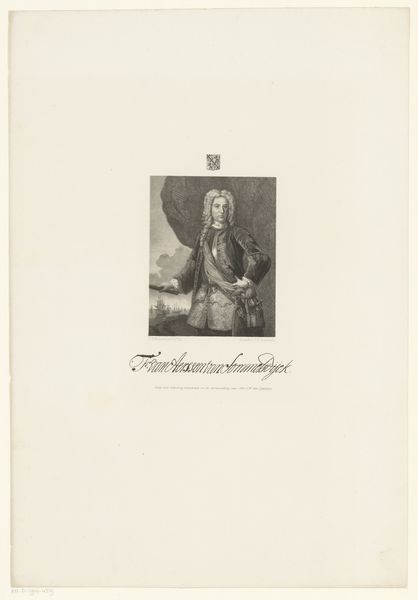
#
pencil drawn
#
light pencil work
#
pencil sketch
#
personal sketchbook
#
pencil drawing
#
ink colored
#
sketchbook drawing
#
pencil work
#
watercolour illustration
#
sketchbook art
Dimensions: height 215 mm, width 135 mm, height 305 mm, width 245 mm
Copyright: Rijks Museum: Open Domain
Curator: The level of detail is quite astonishing, isn't it? It’s a pencil drawing called “Portret van Jan van Brakel”, dating from between 1818 and 1876 by Carel Christiaan Antony Last. You can find it here at the Rijksmuseum. Editor: The figure practically leaps off the page! Even though it's just a pencil sketch, there’s such a sense of presence, of power emanating from the subject. I wonder about the man depicted and the armor he dawns? Curator: Jan van Brakel was, in fact, a famous naval hero from the 17th century, celebrated for his courage in several major sea battles. The artist is portraying van Brakel long after his death; hence this image evokes the cultural memory and historical weight of Dutch maritime power. The choice of pencil adds an interesting layer, don't you think? Editor: Definitely. It's a deliberate decision to create this feeling of immediacy and intimacy. Pencil lends itself to realism while also being incredibly versatile for studies and preparatory work. Knowing that it represents van Brakel, this image almost acts like an effigy and symbol. Did the artist choose that on purpose, and if so, what was the societal context for the piece to make it significant? Curator: The 19th century was a period of burgeoning nationalism in the Netherlands. So a heroic figure from the Golden Age, like van Brakel, becomes a potent symbol of national pride and identity, reaffirming historical and military successes that bolstered national pride. As for the symbols, note the attention paid to his armor – a visual declaration of strength and martial prowess. Even the loose cravat does not seem too casual but a piece of historical decoration as an iconic form of dress. Editor: And that pose, hand resting casually on his hip. He almost appears haughty, commanding the room even in this medium. The artist used shading techniques to great effect, highlighting the light reflecting off the metal and conveying an extraordinary amount of detail with mere lines. How was it received publicly? Was it well received because it was technically strong or more because of the subject matter? Curator: Contemporary audiences likely appreciated Last’s technical skill, his ability to evoke texture and form with such a simple medium. Also, images of national heroes sold well due to historical societies commissions which gave it greater cultural value in terms of commerce and visibility. I'd hazard it reinforced existing societal values about bravery, leadership, and national duty. Editor: It makes me consider how we still construct heroes today and how our perceptions are shaped by similar artistic representations. A reminder of the continuity of visual symbols and the stories we tell through them. Curator: Yes, looking at this drawing has given me a sharper sense of how potent symbols of the past influence cultural pride to this day, and their lasting power even when executed using what may seem like the most unassuming of media.
Comments
No comments
Be the first to comment and join the conversation on the ultimate creative platform.
